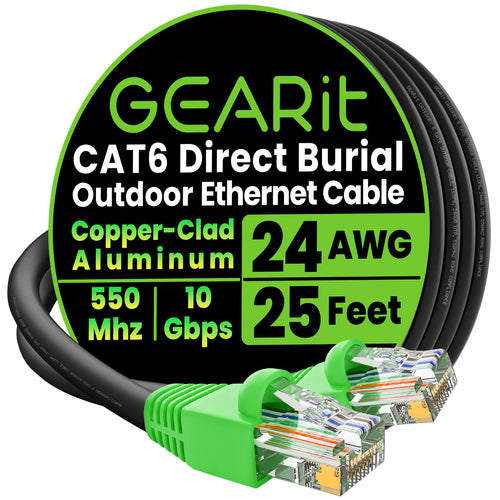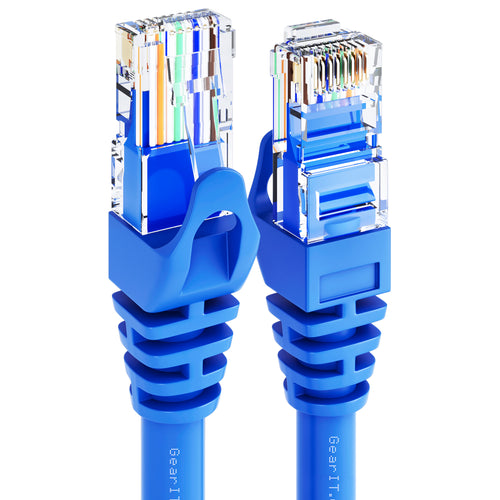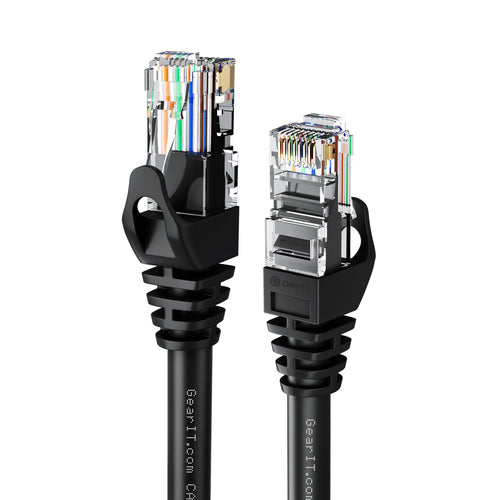
In the intricate world of networking, even the smallest details can make a significant difference. Take, for instance, the T568A and T568B wiring standards. While these standards might go unnoticed to the uninitiated, they play a crucial role in ensuring the seamless operation of network infrastructures worldwide. Let's delve into the differences between the T568A and T568B Standards, their applications, and when to use each, shedding light on their historical context and relevance in modern networking.
The Origins:
To understand the T568A and T568B standards, we need to take a quick trip down memory lane to the dawn of structured cabling systems. In the late 1980s and early 1990s, as Ethernet networking gained momentum, there was a need for standardized cabling practices to ensure interoperability and reliability. This led to the development of the TIA/EIA-568 standard, which provided guidelines for the design and installation of structured cabling systems.
Within the TIA/EIA-568 standard, two wiring schemes emerged: T568A and T568B. These schemes define the pin assignments for the eight wires in an Ethernet cable, specifically the twisted pairs used for data transmission.
Understanding the Differences:
At first glance, T568A and T568B may seem nearly identical, differing only in the order of the wire pairs. However, this seemingly minor distinction has significant implications for network connectivity.

Applications and Use Cases:
Both T568A and T568B standards are widely used in Ethernet networking, but their applications vary based on the deployment scenario:
T568A: This wiring scheme is commonly used in government and educational environments, as well as in older installations. It's also the default wiring scheme for many manufacturers of Ethernet equipment.
T568B: The T568B standard is prevalent in commercial and residential installations, and it's the most widely used standard in the United States. Many professionals prefer T568B for its simplicity and compatibility with various networking equipment.
When to Use Each Standard:
Choosing between T568A and T568B often depends on the specific requirements of the networking project:
Interoperability: In most cases, both standards will work interchangeably. However, it's crucial to maintain consistency within a network installation. Mixing T568A and T568B wiring within the same infrastructure can lead to confusion and connectivity issues.
Existing Infrastructure: When extending or modifying an existing network, it's best to adhere to the wiring standard already in place. This ensures seamless integration and minimizes the risk of errors.
Personal Preference: Some network professionals have a personal preference for one standard over the other based on familiarity or specific project requirements. As long as the chosen standard is applied consistently throughout the installation, either T568A or T568B can deliver reliable performance.
Modern Networking Landscape:
In today's fast-paced digital landscape, the T568A and T568B standards remain relevant as the backbone of structured cabling systems. While advancements in technology continue to reshape networking practices, the fundamentals of cabling infrastructure remain steadfast.
As networks evolve to accommodate higher speeds and increased bandwidth demands, the importance of adhering to established standards becomes even more pronounced. Whether deploying a small office network or a sprawling data center infrastructure, attention to detail in cabling practices can spell the difference between seamless operation and costly downtime.
Foundational Threads of Networking:
In the intricate tapestry of networking, the T568A and T568B wiring standards serve as foundational threads, weaving together connectivity and reliability. Understanding the differences between these standards empowers network professionals to design, implement, and maintain robust cabling infrastructures tailored to the needs of their organizations.
While T568A and T568B may seem like mere technicalities, their impact reverberates across the digital landscape, shaping the way we connect and communicate in an increasingly interconnected world. By embracing these standards and adhering to best practices in cabling, organizations can lay the groundwork for a resilient and future-ready network infrastructure.



























































